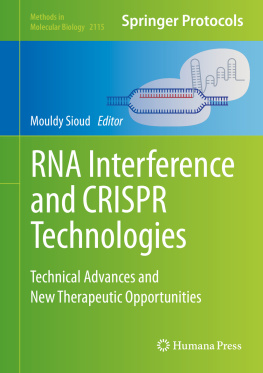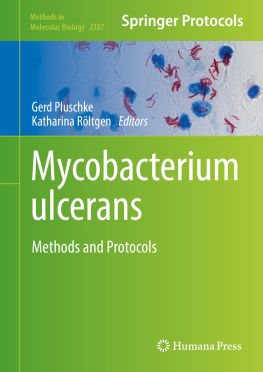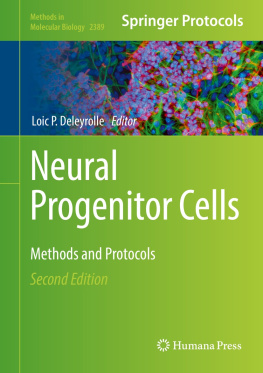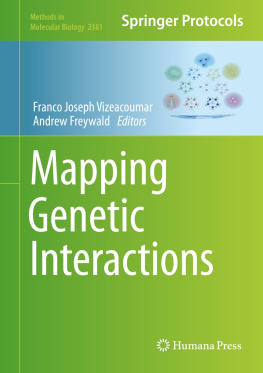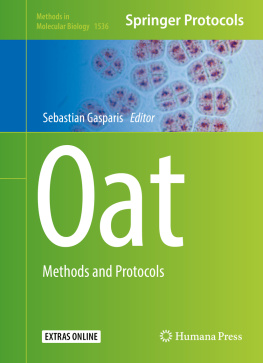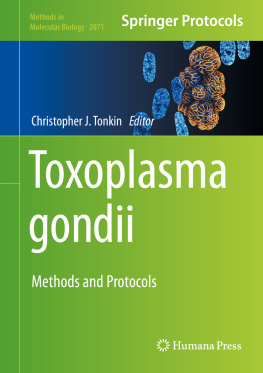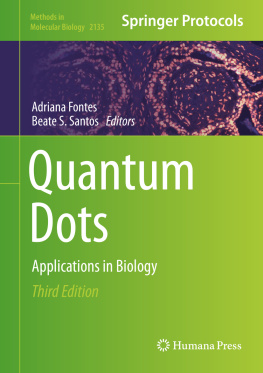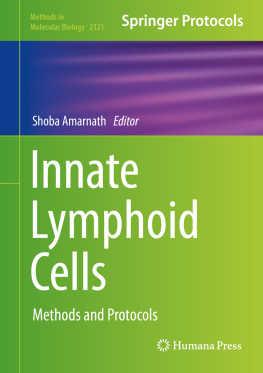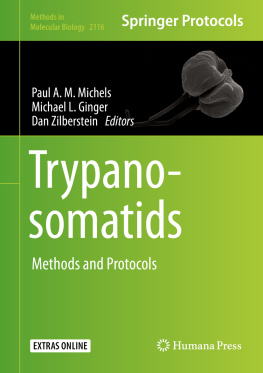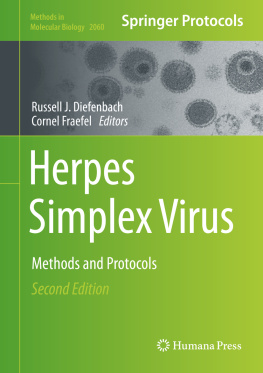Volume 2115
Methods in Molecular Biology
Series Editor
John M. Walker
School of Life and Medical Sciences, University of Hertfordshire, Hatfield, Hertfordshire, UK
For further volumes: http://www.springer.com/series/7651
For over 35 years, biological scientists have come to rely on the research protocols and methodologies in the critically acclaimedMethods in Molecular Biologyseries. The series was the first to introduce the step-by-step protocols approach that has become the standard in all biomedical protocol publishing. Each protocol is provided in readily-reproducible step-by-step fashion, opening with an introductory overview, a list of the materials and reagents needed to complete the experiment, and followed by a detailed procedure that is supported with a helpful notes section offering tips and tricks of the trade as well as troubleshooting advice. These hallmark features were introduced by series editor Dr. John Walker and constitute the key ingredient in each and every volume of theMethods in Molecular Biologyseries. Tested and trusted, comprehensive and reliable, all protocols from the series are indexed in PubMed.
RNA Interference and CRISPR Technologies
Technical Advances and New Therapeutic Opportunities
Editor
Mouldy Sioud
Department of Cancer Immunology, Institute for Cancer Research, Oslo University Hospital-Radiumhospitalet, Oslo, Norway
ISSN 1064-3745 e-ISSN 1940-6029
Methods in Molecular Biology
ISBN 978-1-0716-0289-8 e-ISBN 978-1-0716-0290-4
https://doi.org/10.1007/978-1-0716-0290-4
Springer Science+Business Media, LLC, part of Springer Nature 2020
This work is subject to copyright. All rights are reserved by the Publisher, whether the whole or part of the material is concerned, specifically the rights of translation, reprinting, reuse of illustrations, recitation, broadcasting, reproduction on microfilms or in any other physical way, and transmission or information storage and retrieval, electronic adaptation, computer software, or by similar or dissimilar methodology now known or hereafter developed.
The use of general descriptive names, registered names, trademarks, service marks, etc. in this publication does not imply, even in the absence of a specific statement, that such names are exempt from the relevant protective laws and regulations and therefore free for general use.
The publisher, the authors, and the editors are safe to assume that the advice and information in this book are believed to be true and accurate at the date of publication. Neither the publisher nor the authors or the editors give a warranty, expressed or implied, with respect to the material contained herein or for any errors or omissions that may have been made. The publisher remains neutral with regard to jurisdictional claims in published maps and institutional affiliations.
This Humana imprint is published by the registered company Springer Science+Business Media, LLC, part of Springer Nature.
The registered company address is: 1 New York Plaza, New York, NY 10004, U.S.A.
Preface
RNA interference (RNAi) is a natural cellular mechanism which silences gene expression in a sequence-specific manner. Additionally, it constitutes the primary natural plant immune system against viruses. This endogenous silencing pathway can be triggered by small interfering RNAs (siRNAs), short hairpin RNAs (shRNAs), microRNAs, as well as other non-coding RNAs. Although the technology has rapidly become one of the key methods used to experimentally regulate gene expression, RNAi-based therapy is challenging because of issues related to RNA stability, delivery, endosomal escape, and off-target effects. Therefore, new delivery approaches and chemical modifications are needed to overcome these challenges.
By analogy to RNAi-mediated plant protection against pathogen attack, the clustered regularly interspaced short palindromic repeats (CRISPR) loci and CRISPR-associated (Cas) nucleases provide acquired immunity against viruses and other mobile genetic elements in bacteria and archaea. These repeats were initially discovered in the 1980s in E. coliand remained mostly as mystery until 2007, when Barrangou and colleagues demonstrated that theStreptococcus thermophilusstrains that survived initial phage challenge were resistant to subsequent phage challenge due to the incorporation of sequences from the phage genome into their CRISPR loci. The bacteria use the genetic information stored in these CRISPR loci to recognize and chop up phage DNA using endogenous nucleases such as Cas9. By feeding the Cas9 with an artificial RNA, Doudna and Charpentier ingeniously adapted the CRISPR-Cas9 system to edit any genome at any place they wanted. Since then, the technology has attracted attention for its promise in basic research and gene editing-based therapeutics, and it is continually being refined to increase effectiveness and reduce off-target effects. This book addresses important technical, translational research, and therapeutic aspects of RNAi and CRISPR technologies.
Chapter, experts describe a variety of chemical modifications that can be applied to siRNAs and CRISPR-guide RNAs (gRNAs). Chemically modified self-delivered siRNAs provide an alternative RNAi strategy because they enable siRNAs to enter cells without the need for a transfection reagent. Additionally, chemical modifications at the 2-position of the sugar ring, such as 2-O-Me are used to increase siRNA and gRNA stability, efficiency, and reduce off-target effects.
The efficacy and safety of siRNA drugs heavily depends on their delivery and regulation. Selectively delivering siRNAs to diseased cells or tissues increases their accumulation at the site of interest, thus increasing the silencing potency and limiting toxicity to normal tissues. A block of six chapters (Chapters) covers a variety of delivery and regulation strategies that are expected to facilitate the therapeutic translation of RNA therapeutics.
Shortly after its discovery, RNAi was recognized as a potential alternative to traditional antiviral therapy, which limits viral infection via direct silencing of viral genes or host genes involved in virus recognition and/or replication. Chapterdescribes the recent technical aspects of urine microRNA detection and their usage as clinical biomarkers in various human diseases.
Cancer is one of the most common leading causes of death in men and women worldwide. Radiation therapy or chemotherapy is the major treatment for most of the cancers. However, due to severe side effects, most of the cancer patients stumble to death. Immunotherapy is an alternative innovative therapy for cancer, which uses cancer patients own body cells to stimulate their own immune system to kill cancer cells. In this respect, research has been trying to develop DC vaccines to fight cancer for decades, but this has proven to be harder than was first thought because of the immunosuppressive factors expressed by DCs and/or tumor cells. Targeting these factors using siRNA blockers in combination with DC vaccines or adoptive T cell therapies (ACT) are now being used to treat cancer patients. One of the most well-established siRNA delivery methods for DCs is electroporation (

